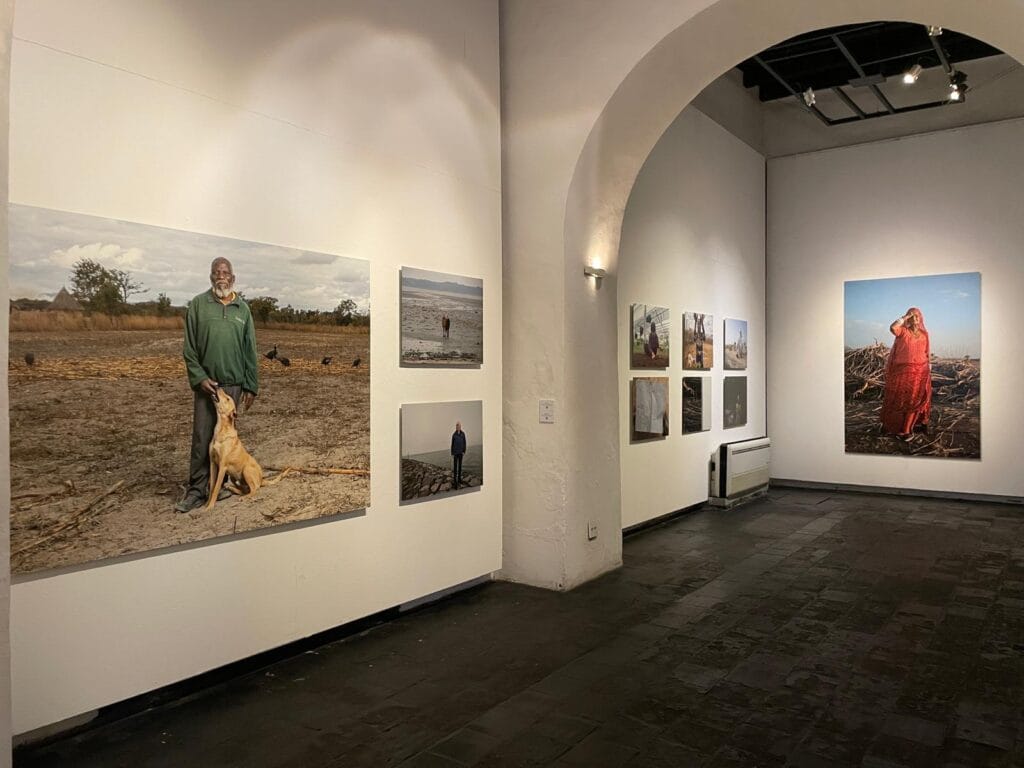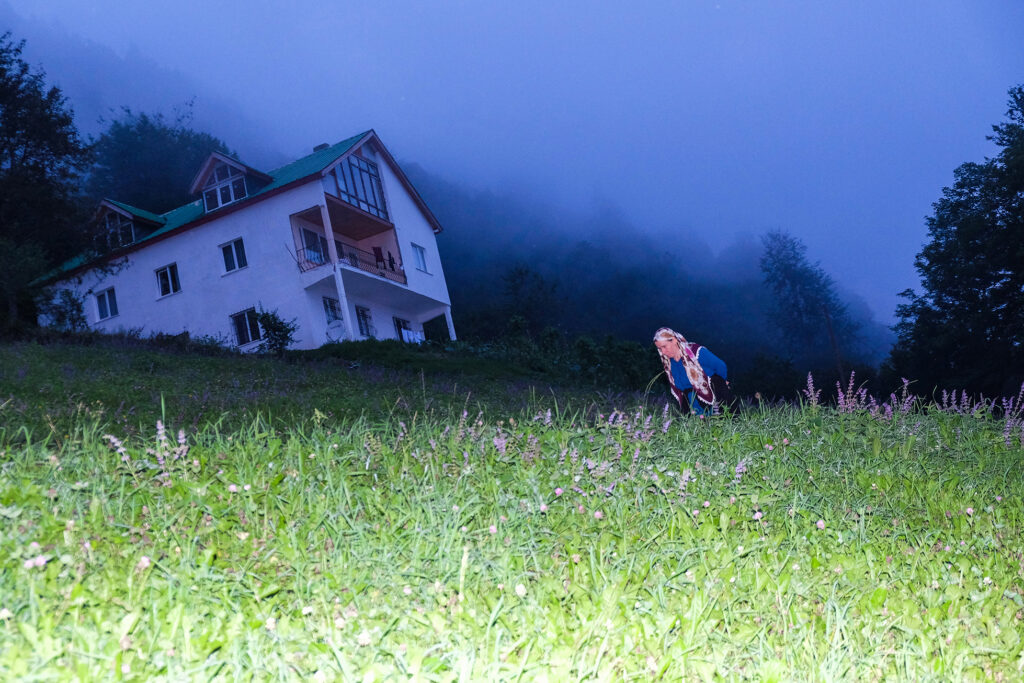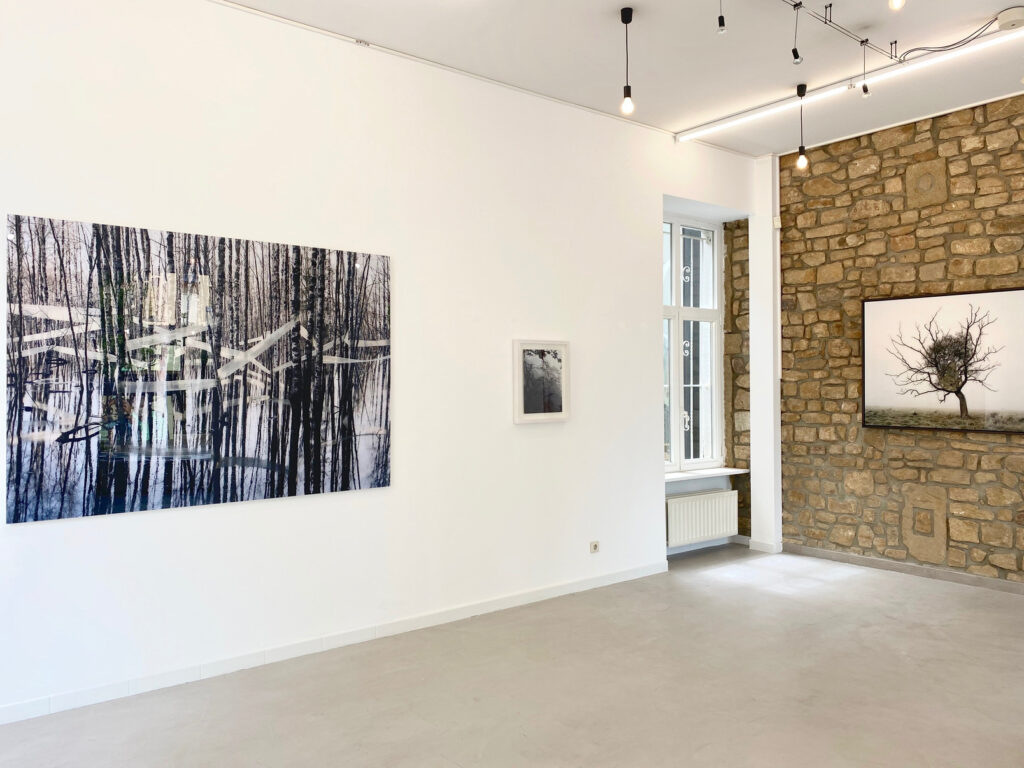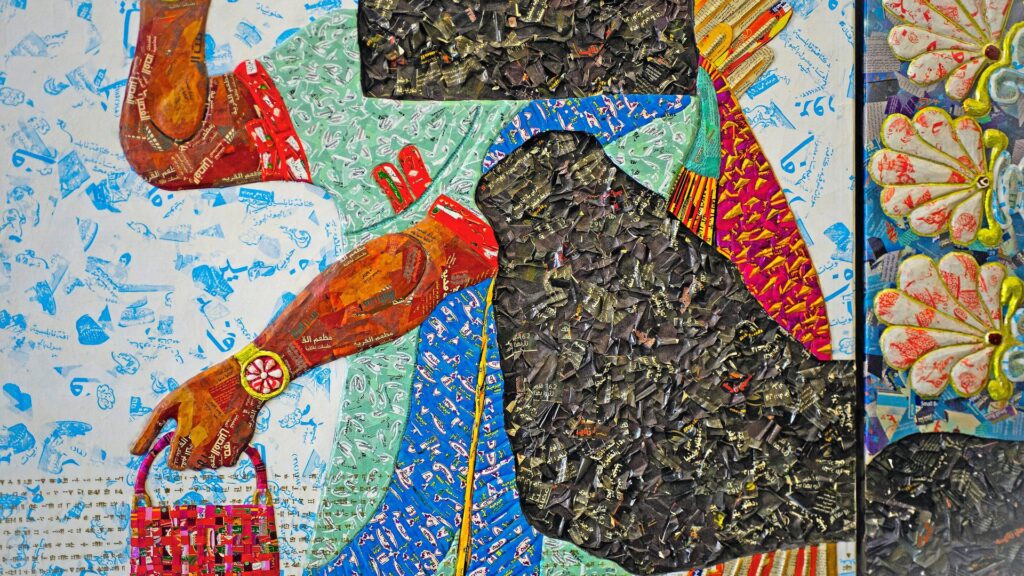During the COP30 United Nations Climate Change Conference in Belém, Brazil, “Climate Elders“ — a global photography exhibition created by 1in6by2030 in partnership with HelpAge International — opens at Galeria Fidanza in the Museum of Sacred Art (Museu de Arte Sacra do Pará), located within the historic St. Alexander Church complex in the Cidade Velha district.
Bringing together the work of photographers from more than 21 countries, Climate Elders highlights the lived experiences of older people whose lives and livelihoods are increasingly shaped by the climate crisis. Each portrait is paired with a personal message addressed to world leaders — intimate reflections that underscore a shared call for urgency, dignity, and meaningful inclusion in climate policy.
November 7, 2025 – January 12, 2026
Exhibition
Climate Elders — COP30, Belém, Brazil (2025)
During the COP30 United Nations Climate Change Conference in Belém, Brazil, “Climate Elders“ — a global photography exhibition created by 1in6by2030 in partnership with HelpAge International — opens at Galeria Fidanza in the Museum of Sacred Art (Museu de Arte Sacra do Pará), located within the historic St. Alexander Church complex in the Cidade Velha district.
Bringing together the work of photographers from more than 21 countries, Climate Elders highlights the lived experiences of older people whose lives and livelihoods are increasingly shaped by the climate crisis. Each portrait is paired with a personal message addressed to world leaders — intimate reflections that underscore a shared call for urgency, dignity, and meaningful inclusion in climate policy.
November 7, 2025 – January 12, 2026
Exhibition
Earth Is Not Flat, But Soon Will Be:
Climate Stories Near & Far
The exhibition title hints at the oblivion of modern society and the persistent disinformation on climate change. By evoking the archaic notion of a flat earth and the widespread misconception that ancient civilizations unanimously subscribed to this belief, “Earth Is Not Flat, But Soon Will Be” underscores the shortsighted and neglectful “modern” practices that result in irreversible damage on the environment and society at large. It also alludes to the irony that modern society considers itself superior to ancient ones, although it harms the earth more.
Neimenster, Luxembourg, 28 June – 13 October, 2024
Exhibition
Earth Is Not Flat, But Soon Will Be:
Climate Stories Near & Far
The exhibition title hints at the oblivion of modern society and the persistent disinformation on climate change. By evoking the archaic notion of a flat earth and the widespread misconception that ancient civilizations unanimously subscribed to this belief, “Earth Is Not Flat, But Soon Will Be” underscores the shortsighted and neglectful “modern” practices that result in irreversible damage on the environment and society at large. It also alludes to the irony that modern society considers itself superior to ancient ones, although it harms the earth more.
Neimenster, Luxembourg, 28 June – 13 October, 2024
Exhibition
A Room of One’s Own
The exhibition takes its name from the book A Room of One’s Own written by Virginia Woolf, one of the most remarkable modernist novelists of the 20th century. Woolf talks about the disadvantages of being a woman in the male-dominated art world – particularly in the literary scene – and proposes ways to bring out women’s creativity through stories that oscillate between reality and fiction.
The artists, Cansu Yıldıran, Imane Djamil and Ofir Berman resist convention and transcend boundaries in their documentary work that resemble fiction. Each artist seeks traces of their identity in the collective memory of their hometowns, traditions, and tales of the past.
Neimenster, Luxembourg, 10 May – 01 June, 2023
Exhibition
Taming Nature
The artists of the Helsinki School of Photography have started to explore nature around the same time that the Nobel-prize winning atmospheric chemist Paul J. Crutzen popularized the term “Antropocene” – the most recent period in Earth’s history where human activity has a drastic impact on the ecosystem.
In their first exhibition in Luxembourg, Helsinki School artists Sandra Kantanen, Jaakko Kahilaniemi and Riitta Päiväläinen stimulate new discussions around the suffering relationship between humankind and nature in this current epoque called Anthropocene, which forms the theme of the European Month of Photography.
Valerius Gallery, Luxembourg, 26 May – 26 June 2021
Exhibition
Taming Nature
The artists of the Helsinki School of Photography have started to explore nature around the same time that the Nobel-prize winning atmospheric chemist Paul J. Crutzen popularized the term “Antropocene” – the most recent period in Earth’s history where human activity has a drastic impact on the ecosystem.
In their first exhibition in Luxembourg, Helsinki School artists Sandra Kantanen, Jaakko Kahilaniemi and Riitta Päiväläinen stimulate new discussions around the suffering relationship between humankind and nature in this current epoque called Anthropocene, which forms the theme of the European Month of Photography.
Valerius Gallery, Luxembourg, 26 May – 26 June 2021
Descendant of an Iraqi Jewish family forced to flee their country, American artist Michael Rakowitz uses contemporary materials from Arabic culture such as food packaging and newspapers to reconstruct ancient objects that Iraq lost during the war.
The Invisible Enemy Should Not Exist (Aj-ibur-shapu), borrows its name from a street dating back to 574 BC which ran through the gate of Ishtar, in ancient Babylon. One translation of the name is “may the arrogant not prevail”. Rakowitz’s work, which he describes as showing “ghosts that have come to haunt Western museums” is devoid of this arrogance. He acknowledges the imperfections of his reconstructions – as well as the impossibility to repair the past.
The Luxembourg Times




